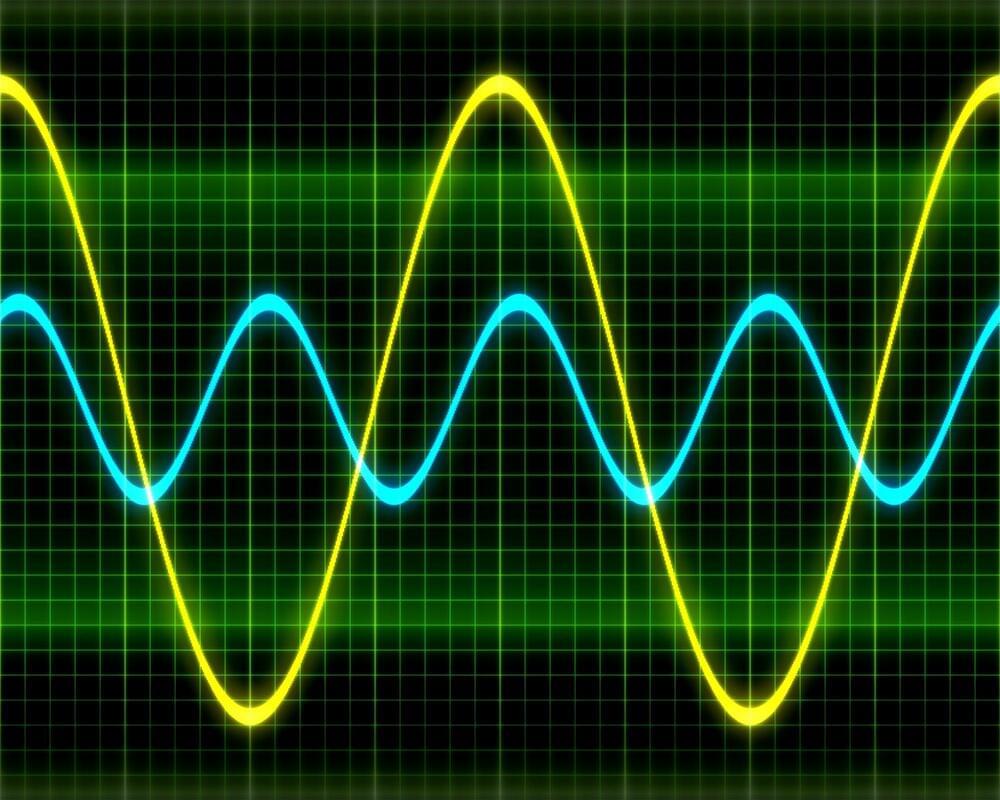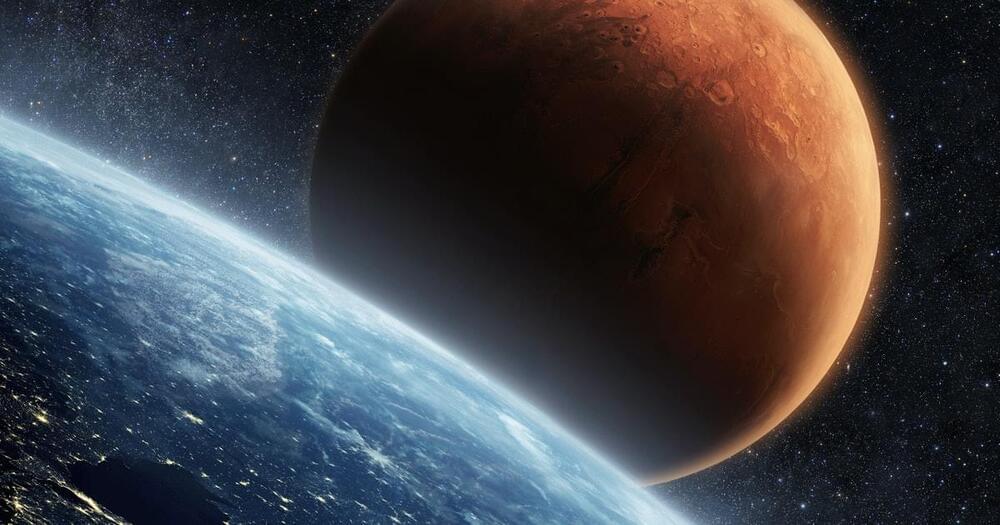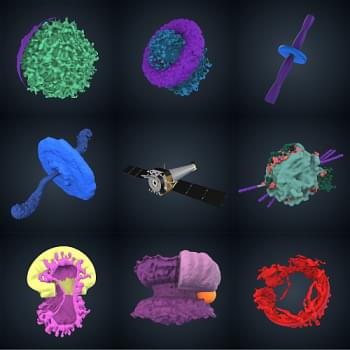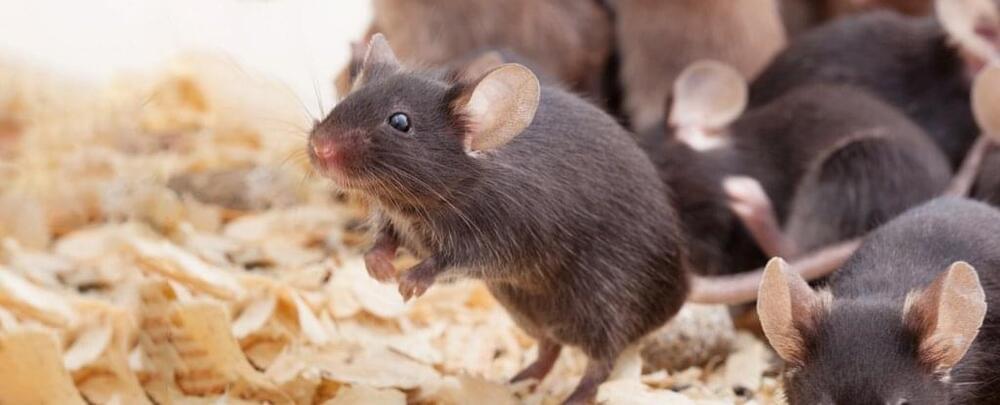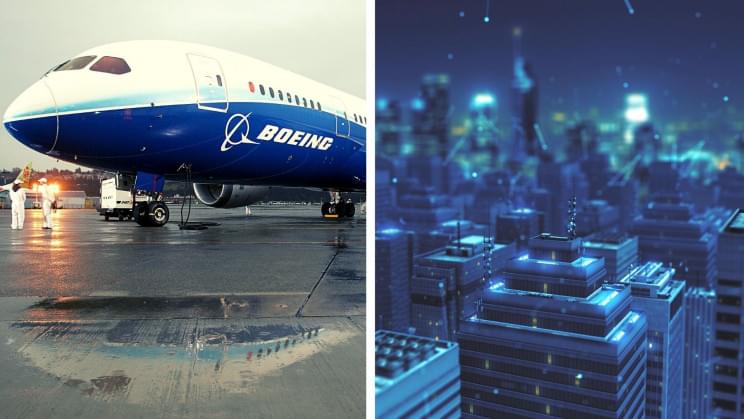SEOUL, South Korea — Malaysia is developing a national space blueprint to drive the growth of its space sector, particularly the manufacturing of remote-sensing satellites, satellite components and data-driven downstream services.
During a Dec. 13 parliamentary hearing, a deputy minister shared the latest update on the “Malaysia Space Exploration 2030” blueprint being fleshed out by Malaysia’s Ministry of Science, Technology and Innovation.
The deputy minister overseeing the effort, Datuk Ahmad Amzad Hashim, said the blueprint outlines a 10-year strategy in line with Malaysia’s National Space Policy 2030. The policy, adopted in 2017, recognizes the importance of space technologies for the country’s economic growth and national security.

